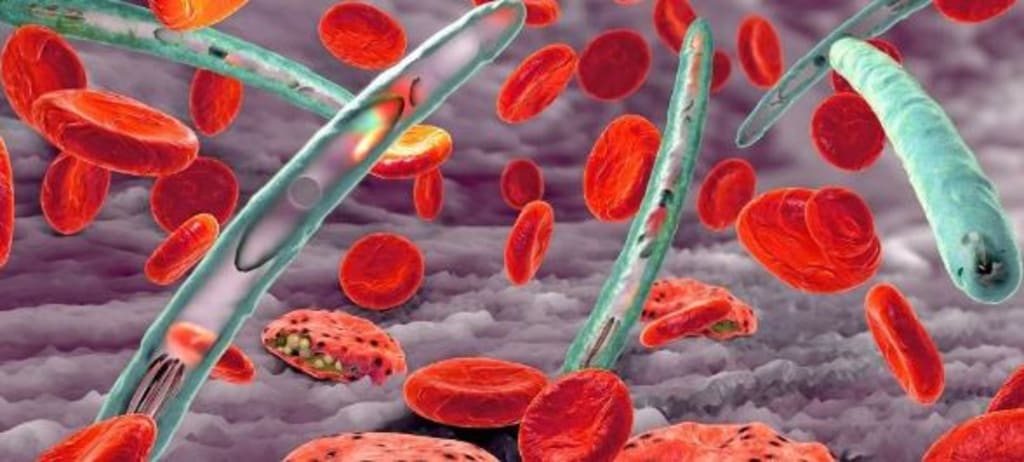
Malaria is a serious and sometimes fatal disease caused by a parasite that is transmitted to humans through the bites of infected mosquitoes. The disease affects millions of people worldwide, particularly in tropical and subtropical regions of Africa, Asia, and Latin America. According to the World Health Organization (WHO), there were an estimated 229 million cases of malaria and 409,000 deaths from the disease in 2019.
Malaria is caused by a parasite called Plasmodium, which is spread to humans through the bites of infected Anopheles mosquitoes. When a mosquito bites an infected person, it ingests the parasite along with the person's blood. The parasite then multiplies inside the mosquito and is transmitted to another person when the mosquito bites them.
Symptoms of malaria can include fever, headache, muscle pain, fatigue, and chills. These symptoms can be similar to those of other common illnesses such as the flu, which can make it difficult to diagnose malaria without proper testing. In severe cases, malaria can cause complications such as anemia, respiratory distress, and organ failure, and can be life-threatening.
Diagnosis of malaria typically involves a combination of a medical history, physical examination, and laboratory tests. The most common test for malaria is a blood smear, which involves examining a sample of the patient's blood under a microscope to look for the presence of the parasite.
Treatment for malaria typically involves a course of antimalarial medications, which can vary depending on the type of parasite causing the infection and the severity of the illness. It is important to complete the full course of medications to ensure that the infection is completely eliminated from the body. Failure to complete the course of medications can lead to drug-resistant malaria, which is more difficult to treat and can be life-threatening.
Malaria is a preventable disease that continues to be a major public health concern, particularly in areas with high rates of transmission. Preventive measures such as the use of mosquito nets, insect repellents, and antimalarial medications can help reduce the risk of infection, particularly for travelers to endemic areas. Mosquito control measures, such as spraying insecticides and eliminating standing water, can also help reduce the spread of the disease by reducing the number of mosquitoes that can transmit the malaria parasite. Additionally, efforts to improve access to health services and education about malaria prevention can help increase awareness and encourage individuals to take preventative measures. Overall, a comprehensive approach that combines medical interventions, mosquito control measures, and efforts to address social determinants of health is essential in reducing the burden of malaria.
The development of new technologies and interventions, such as vaccines and genetic modification of mosquitoes to reduce their ability to transmit the parasite, is also critical in the fight against malaria. In recent years, there have been promising developments in the field of malaria research, including the development of a new vaccine that has shown effectiveness in clinical trials.
Efforts to address the social and environmental factors that contribute to the spread of malaria, such as poverty and inadequate access to healthcare, are also important in reducing the burden of the disease. In addition, efforts to strengthen healthcare systems and improve access to effective treatments and prevention measures can help ensure that those affected by malaria receive the care they need to recover from the disease.
In conclusion, malaria is a serious and sometimes fatal disease caused by a parasite that is transmitted to humans through the bites of infected mosquitoes. Symptoms of malaria can include fever, headache, muscle pain, fatigue, and chills, and the disease can cause complications and be life-threatening in severe cases. Diagnosis and treatment of malaria typically involve a combination of medical history, physical examination, and laboratory tests, and prevention measures include the use of mosquito nets, insect repellent, and antimalarial medications. Ongoing investment in research and development, as well as efforts to address social and environmental factors that contribute to the spread of malaria, are critical in the fight against this devastating disease.
About the Creator
Doctor Nadia
I am a doctor and writer who has expertise in writing articles on different topics.






Comments
There are no comments for this story
Be the first to respond and start the conversation.